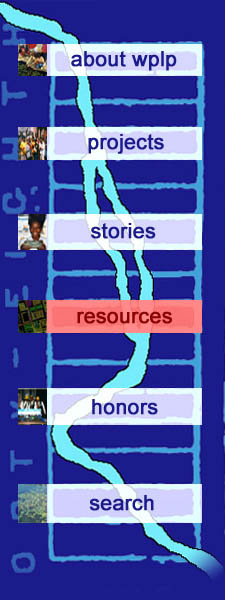|
Observations
The Mill Creek is a large stream that was buried in city sewers in the late 1800s. The streambed was filled in and roads and houses built on top, but the creek continues to flow beneath the city. In the years since the floodplain was filled, the land has settled, damaging many homes and businesses. Cracks in the sewer have also allowed water to saturate the soil, leaving many buildings in the floodplain with wet basements. The expense involved in upkeep of buildings in these areas probably contributed to their demise. Eventually, entire blocks of housing and businesses were abandoned and demolished, especially where buildings had been constructed over the sewer. In the 1960s the Philadelphia Redevelopment Authority cleared land in the Mill Creek neighborhood and built public housing in these low-lying areas. Today, much of this housing is abandoned or in poor repair, subject to the same problems of periodic flooding and subsidence that plagued the former houses. Other low spots in the Mill Creek floodplain lie between Walnut and Market Streets from 43rd to 47th Streets, between Market and Haverford along the 46th Street, and in Clark Park.
Large concentrations of vacant blocks create a desolate landscape, one difficult to revive through the efforts of neighborhood residents without the aid of city-wide and regional interests. But they also represent a great opportunity. Potential future uses for this type of vacant land include a combination of community gardens, meeting places, playlots, playgrounds, playfields, parking lots, outdoor markets, paths, orchards, meadows, woodlands, and storm drainage and flood control.
Further information on vacant land and the opportunities it represents can be found in the West Philadelphia Landscape Plan -- Vacant Land: A Resource for Reshaping Urban Neighborhoods. For further information on the hydrology of Mill Creek Watershed, see the West Philadelphia Digital Database Atlas and the ongoing Mill Creek Watershed Project.
|

